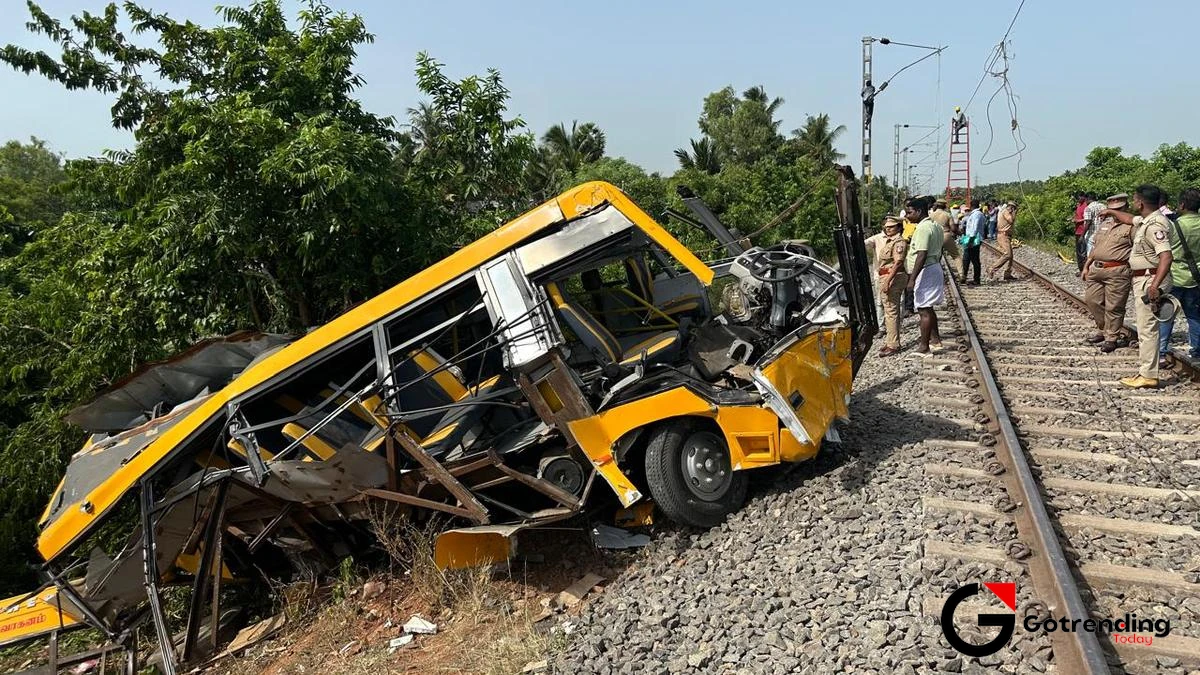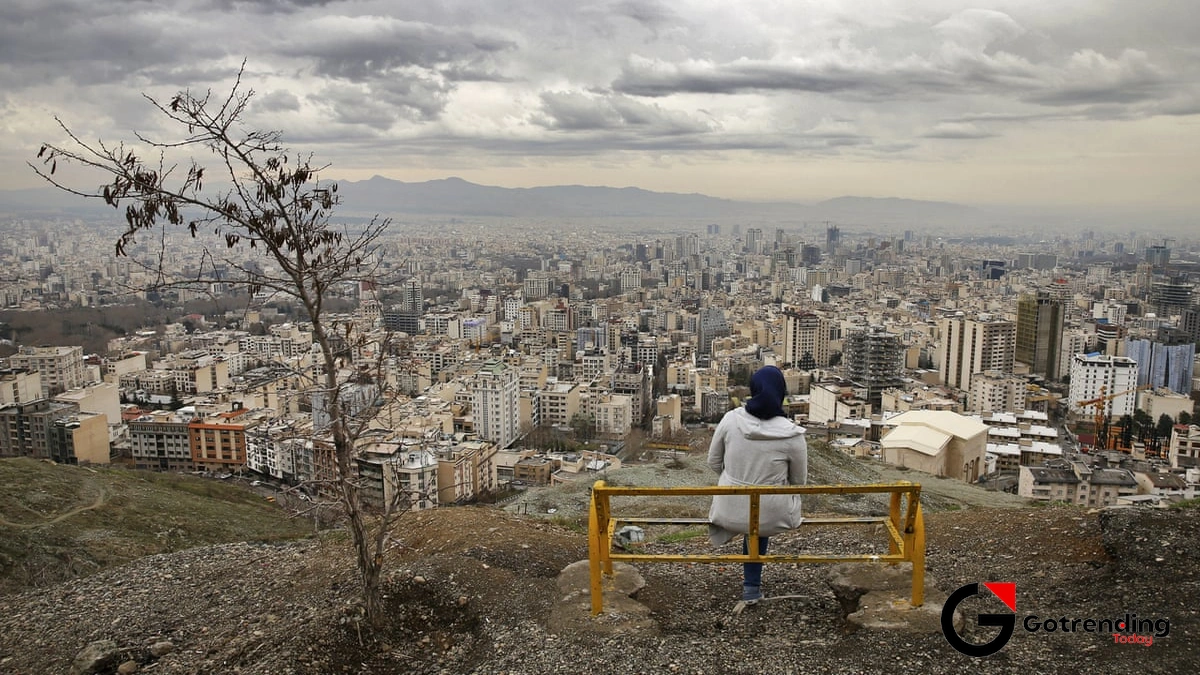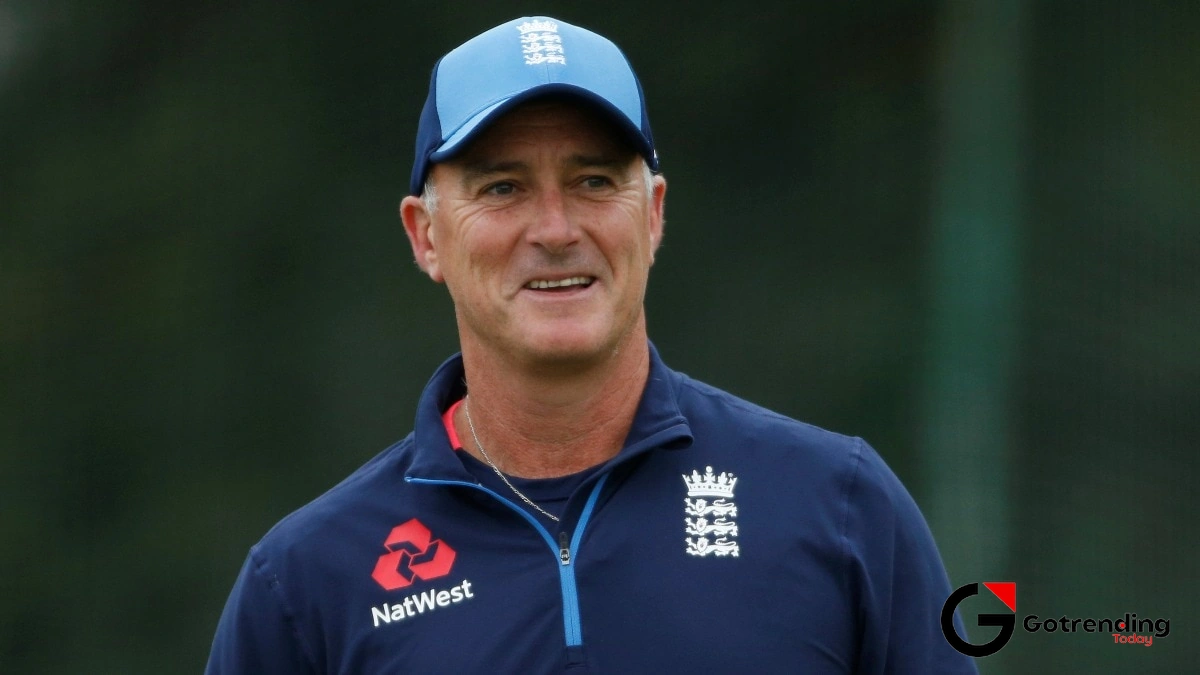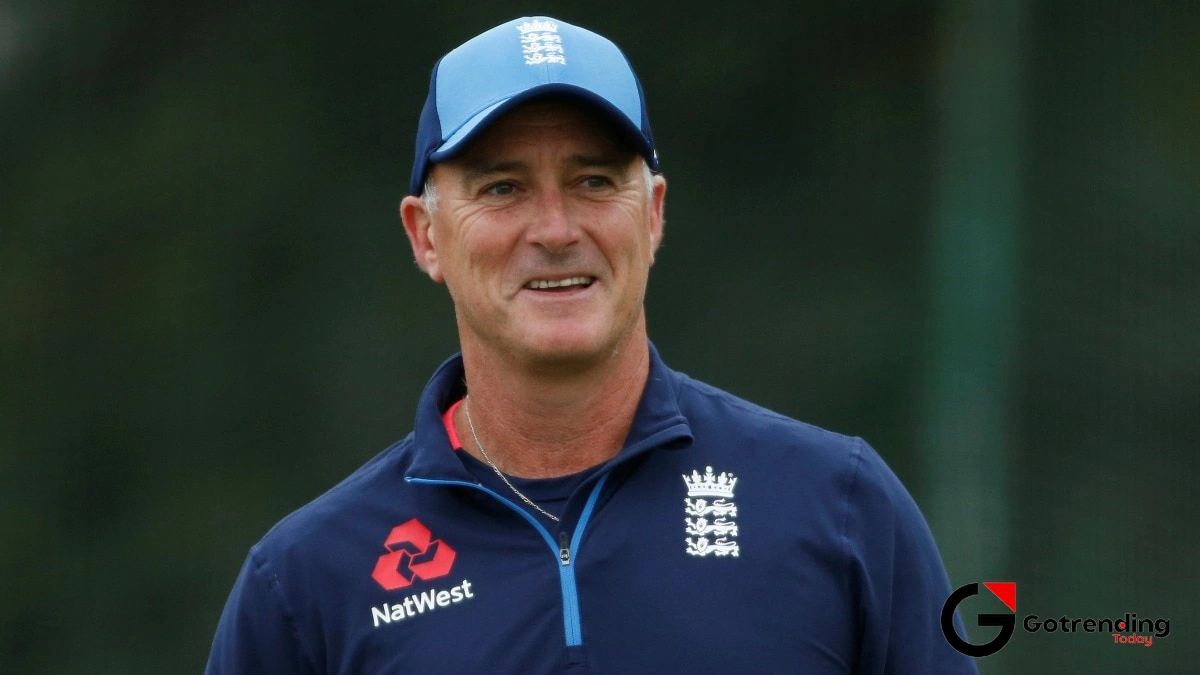The Cuddalore Train Accident | More Than a Headline, A Scar on the Rails
There’s a sound that’s part of the very fabric of India. The distant, mournful horn of a night train. For most of my life, it’s been a sound of comfort, of connection. A signal that the country is moving, breathing, even while we sleep. It’s the sound of someone heading home, or someone leaving on an adventure.
And then a name gets attached to it. A place. Cuddalore.
Suddenly, the sound is different. The word “accident” latches onto the place name, and the whole thing curdles. What was once a comforting rumble on the horizon becomes a sharp, jarring reminder of fragility. That’s what happens when you hear about something like the Cuddalore train accident. It’s not just a piece of news. It feels personal, even if you’re hundreds of kilometers away. Because who among us hasn’t been on one of those trains?
Piecing Together a Pre-Dawn Nightmare
When you try to understand what happened, the initial reports are always a chaotic puzzle. Fragments of information. A jolt in the dark. The screech of metal that’s too final. I remember reading about the incident near Vriddhachalam, in the Cuddalore district, and trying to picture it. The Chennai-Mangaluru Express, full of sleeping people, suddenly lurching off the tracks in the hours just before dawn.
It’s the details that stick with you. Not the official statements, but the human ones.
The feeling of being thrown from a bunk. The confusion. The darkness, punctuated by cries for help. And then, almost always, the incredible stories of resilience. Passengers helping other passengers. The immediate, unhesitating rush of local villagers who become the first line of rescue operations. They don’t wait for instructions; they just run towards the disaster. These are the stories that often get buried in the official Cuddalore news reports but are the most important part of the event.
A train derailment isn’t a single, clean event. It’s a cascade of violent, physics-defying chaos that rips through the ordinary, leaving behind a scene that looks like it belongs in a movie, not on a quiet stretch of track in Tamil Nadu. And in the middle of it all are people. Just regular people.
The Lingering Question | Why Does This Keep Happening?
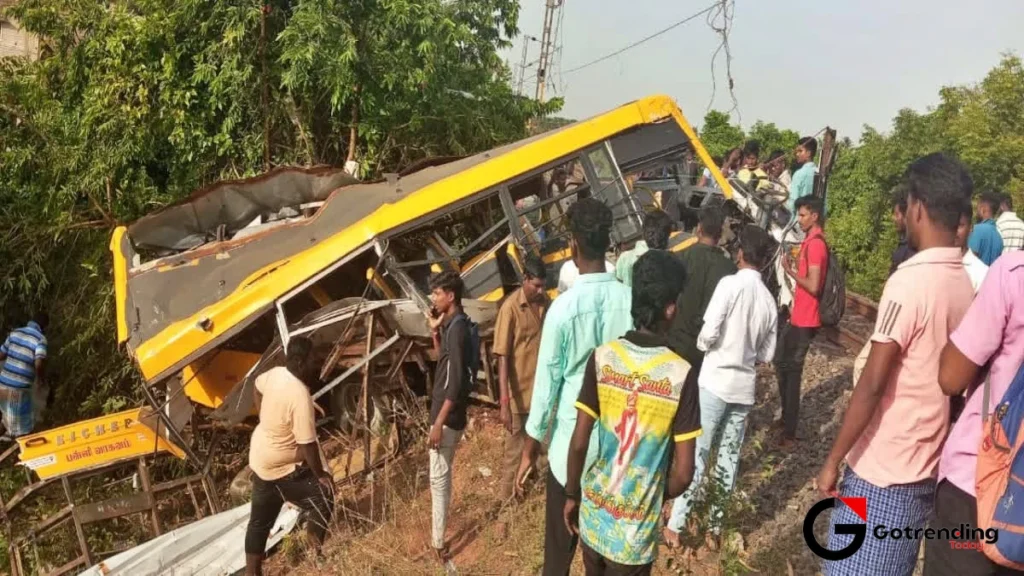
After the initial shock, after the injured are cared for and the initial relief efforts wind down, the question always comes. Why?
It’s the most frustrating part of this whole cycle. The search for a reason. Was it a track fracture? A signaling error? Human error? The reports from the Southern Railway officials and the Commissioner of Railway Safety eventually provide a technical cause. And that’s important, of course. We need a technical reason.
But the real, gut-level question is bigger than that. It’s about the immense pressure on our railway network. A network that is, frankly, one of the wonders of the world, carrying millions upon millions every single day. I’ve traveled extensively on Indian trains, and the scale of the operation is mind-boggling. But with that scale comes immense strain. We’re constantly trying to run more trains, faster trains, on tracks that are often decades old.
I initially thought it was all about old infrastructure. And a lot of it is. But digging deeper, you realize it’s a multi-layered problem. There’s the maintenance backlog, the immense challenge of inspecting thousands of kilometers of track, and the sheer volume of traffic that leaves very little downtime for comprehensive repairs. It’s a battle against time, wear, and metal fatigue. This isn’t just a Cuddalore problem; it’s a question for the entire Indian railway safety apparatus. Major news outlets like India Today have done extensive reporting on the challenges facing our rail infrastructure.
It feels like we’re in a constant race to upgrade the system with modern tech like anti-collision devices, while the sheer weight of the existing, aging system tries to pull us back. For a broader perspective on current events, sites like GoTrendingToday News often provide a snapshot of the national conversation around such incidents.
Beyond the Blame Game
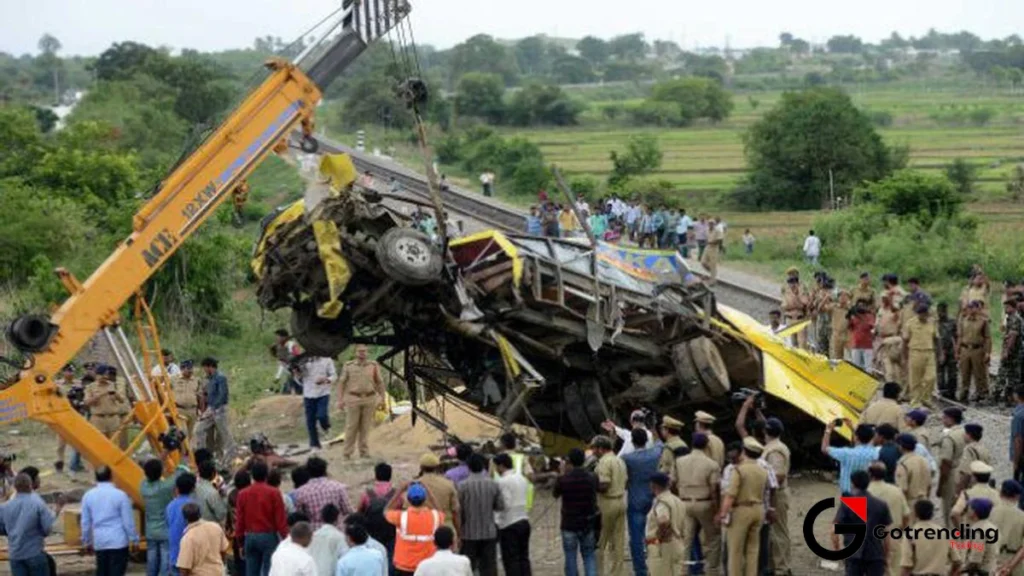
The aftermath of any tragedy is predictable. A flurry of high-level visits. Promises of a thorough investigation. Compensation announced for the victims. And that’s all necessary. It’s part of the process of accountability.
But it can also feel hollow if the fundamental issues aren’t addressed. I keep coming back to the fact that for every major accident that makes headlines, there are countless near-misses that don’t. There are loco pilots, track inspectors, and station masters working under immense pressure to keep things safe every single day. Their successes are silent and invisible.
The Cuddalore train accident, like the tragedies in Balasore or elsewhere, serves as a brutal, periodic reminder of the stakes. These aren’t just statistics. They are scars on the landscape and in the memories of the survivors. The twisted metal is eventually cleared away, the tracks are repaired, and the trains start running again. But the hope is that each scar leaves a lesson etched into the system, a lesson that leads to one more safety check, one more upgrade, one more life saved. The sound of that train horn deserves to be a sound of comfort again. It’s a goal worth striving for, much like a team strives for victory in sports, a topic you can explore further at GoTrendingToday Sports.
Some Questions That Come to Mind
What’s the first thing I should do if I hear a family member might be on an affected train?
First, don’t panic. The railways usually set up helpline numbers very quickly after an incident. Look for these official numbers on news channels or the official Southern Railway (or relevant railway zone) website and social media. Calling the station directly is often futile as lines will be jammed. Prepare the passenger’s name, PNR number if you have it, and coach number. This information will be vital when you do get through. Be patient, as information takes time to be verified.
Why do some areas seem to have more train accidents than others?
This is a common perception, but it’s often more about traffic density than anything else. Major trunk routes that connect large cities see a much higher volume of trains, meaning the wear and tear on the tracks is significantly greater. The Cuddalore-Vriddhachalam section, for instance, is a key link. Higher traffic simply means a higher statistical probability of incidents and puts immense pressure on maintenance schedules, making these routes more vulnerable if not perfectly maintained.
Is it just about old tracks, or are there other major causes?
Old tracks (and fractures in them) are a significant factor, but it’s not the only one. Other major causes for a train derailment include defects in the wheels or coaches (rolling stock), signaling errors, and human error, which can range from mistakes by the train crew to errors by maintenance staff. Each accident investigation looks at all these possibilities to pinpoint the exact cause.
How can I find reliable updates during an event like the Cuddalore train accident?
Stick to credible sources. The official Twitter handles of the Ministry of Railways and the specific railway zone (e.g., @GMSRailway) are the best for direct information. Major news agencies like PTI and ANI are also reliable. Avoid spreading rumors or information from unverified WhatsApp forwards, as they can cause unnecessary panic and spread misinformation.
